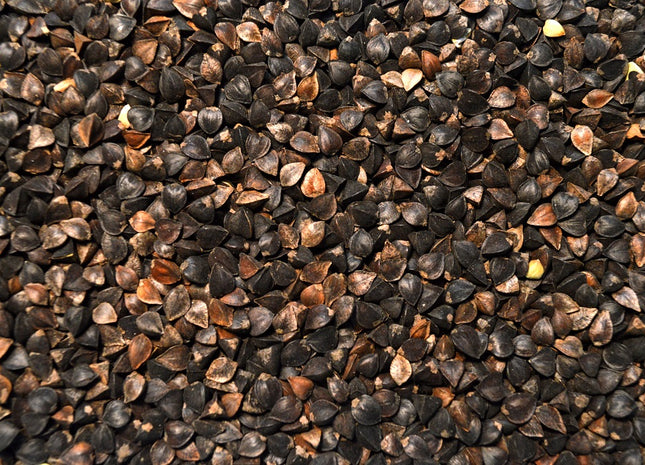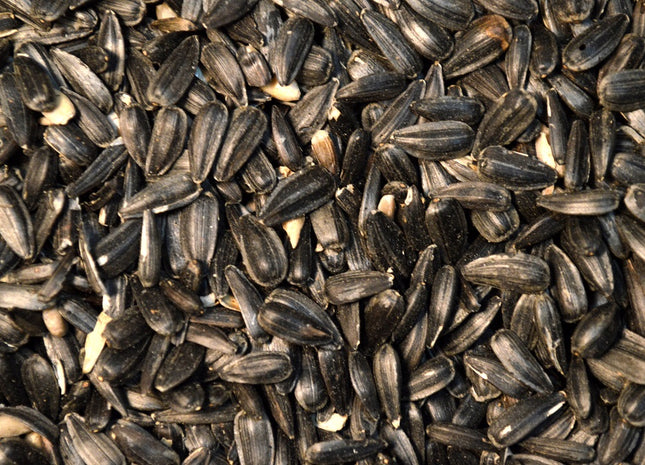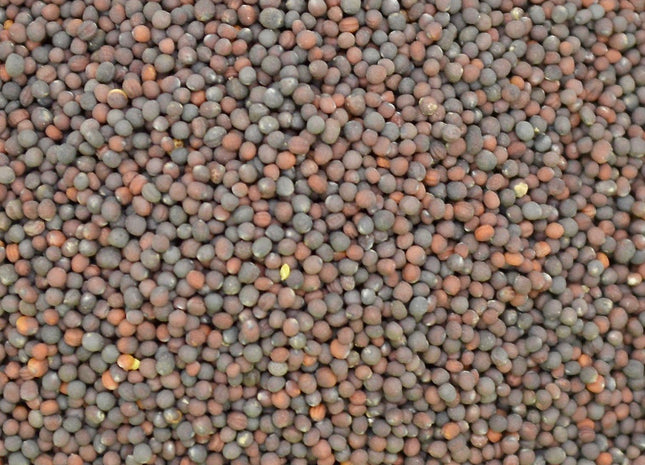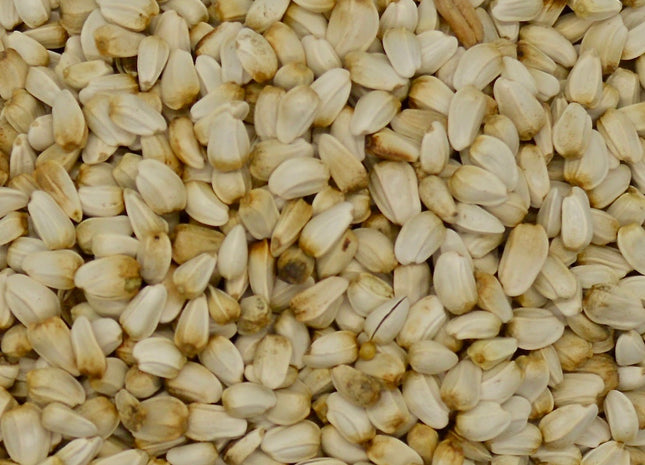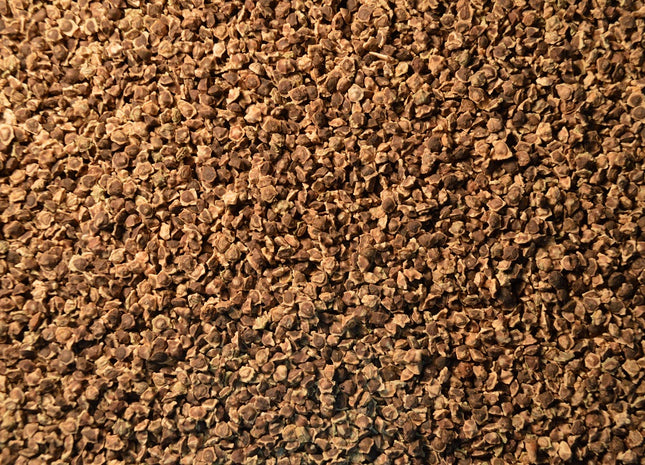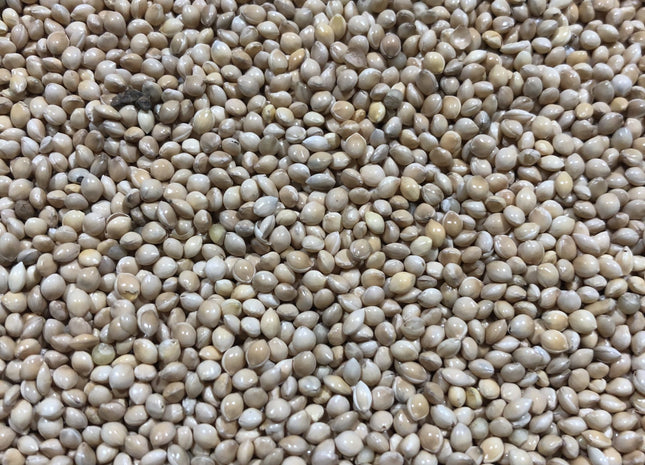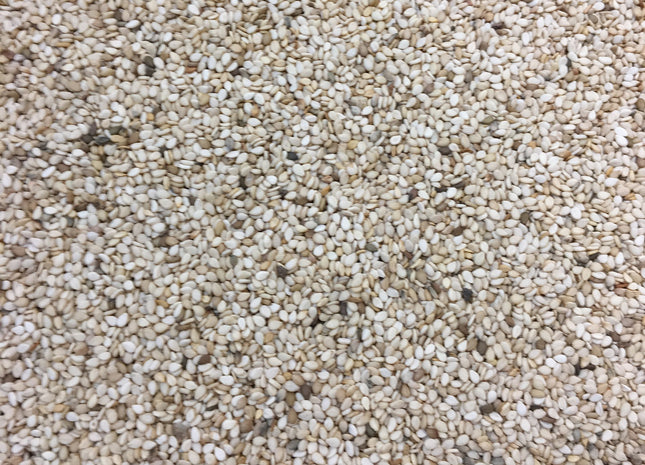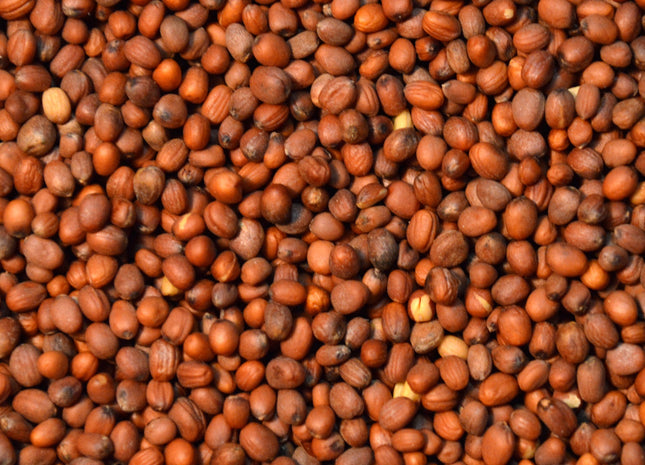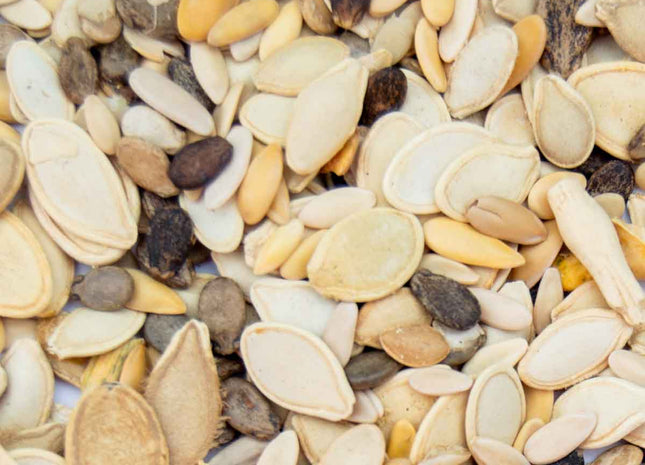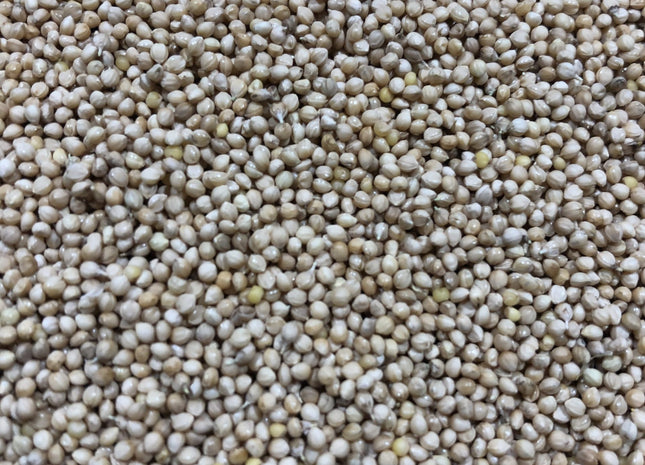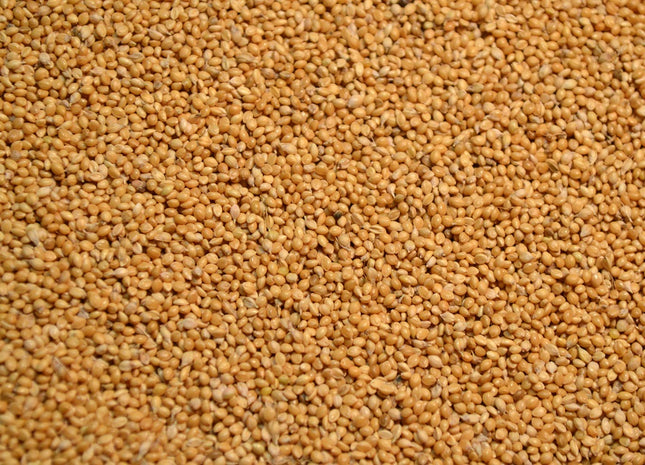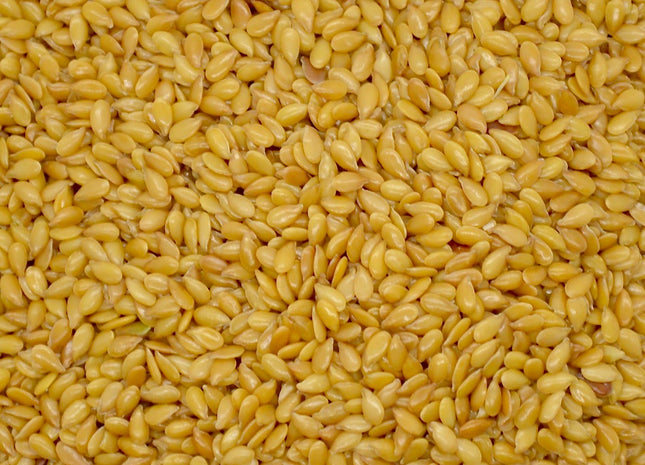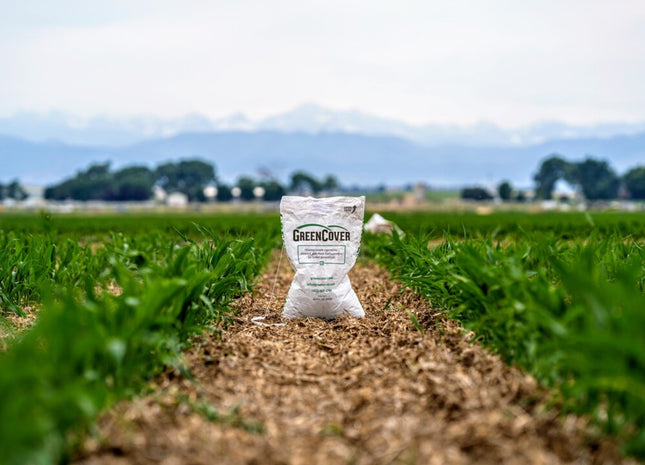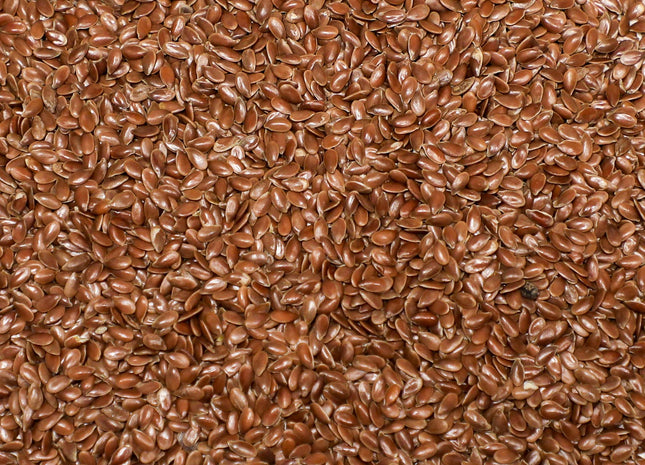Browse our extensive lineup of monoculture cover crop seeds.
Looking for a diverse cover crop mix? Browse Pre-Made Mixes or Food Plots.
Single Species Seed

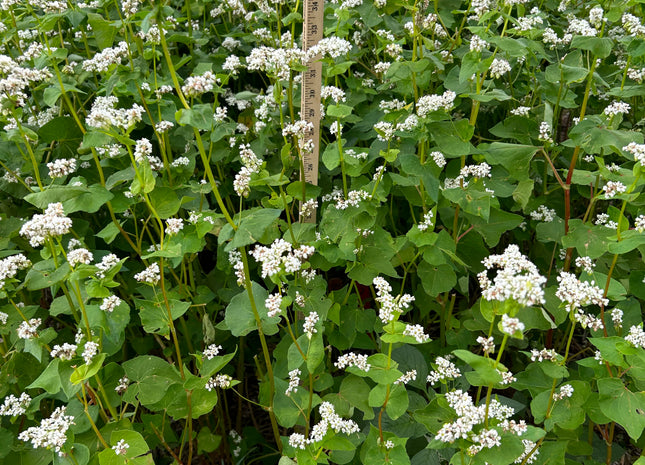
Buckwheat (Mancan)
Buckwheat is a fast establishing broadleaf that works great as a warm season cover crop. Buckwheat is also known for being a phosphorus scavenger. This means it can take up phosphorus more efficiently than other plants. Being a short season plant with 45-60 day maturity, it can produce viable seed throughout the growing season. In a situation where a buckwheat plant is grazed, it can drop a seed down to take that previous plant's spot to help prevent weeds. Additionally, buckwheat is fast to flower, making it a great species for pollinators.
from $1.05 per lb

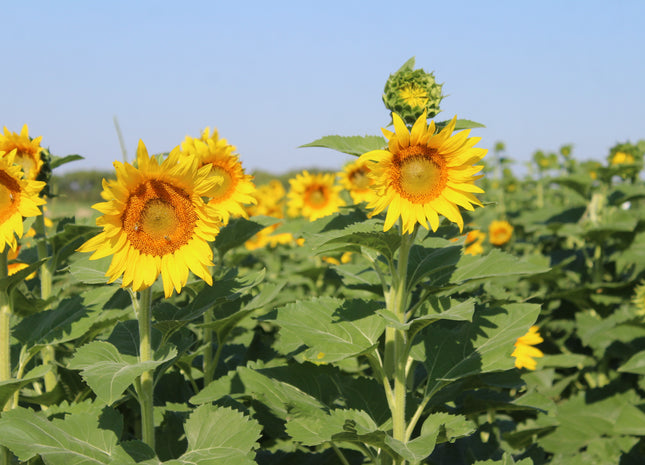
Sunflower (Black Oil)
Sunflower is renowned for its extensive and prolific root system and its ability to soak up residual nutrients out of reach for other commonly used covers or crops. This species can also take advantage of short growing seasons in case of damaging hail or poor emergence to cash crops. If planning to harvest for oil or seed or simply to attract birds, sunflowers have very similar planting and harvesting methods to that of corn. Because insects are attracted to the bright colors of sunflower heads, pollinators and beneficials such as bees, damsel bugs, lacewings, hoverflies, minute pirate bugs, and non-stinging parasitoid wasps are often found in fields of sunflower and in following crops. Sunflowers also work very well in cover crop cocktails/mixtures. With rapid early season establishment, additional covers under the canopy that normally don’t grow under cool conditions can begin to take advantage of warmer and favorable weather when sunflowers are growing slower. With upright growth and anchored plants in the soil, surrounding vining/climbing cover crop plants can support their own growth by working their way up to reach sunlight thereby providing the structure they need to grow. Because sunflowers can add significant biomass production in just a short growing season, they can also serve as additional forage or silage for livestock feed.
from $0.90 per lb

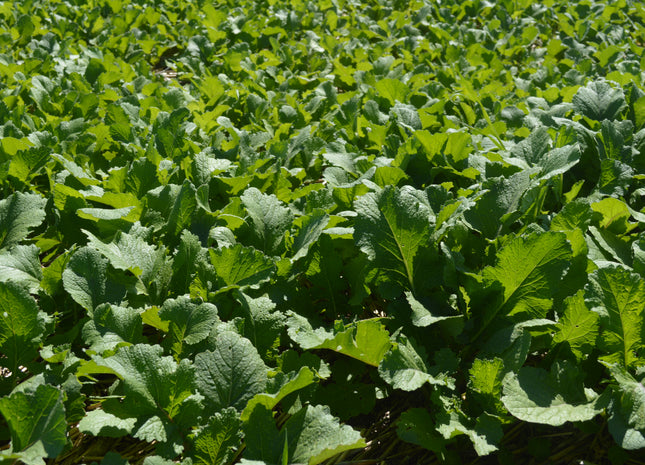
Turnip (Purple Top)
Purple top turnips have been a staple grazing brassica for many years and are commonly used in late summer planted grazing mixes, often with a cool season cereal. Turnip bulbs are storehouses of nutrition and energy and are very valuable to winter grazers.
from $1.50 per lb

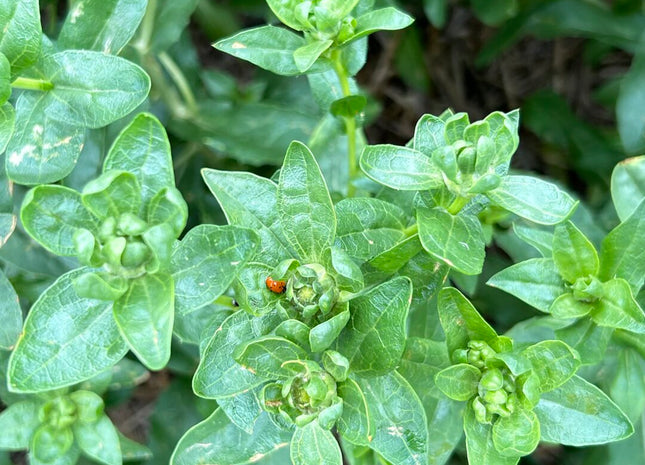
Safflower (Baldy)
Safflower is a drought tolerant, annual, warm season broadleaf that can be seeded in cool soils. Safflower is exceptional at breaking hard pans, encouraging water and air movement into the soil profile, as well as scavenging nutrients from depths unavailable to most agronomic crops. It is capable of doing this due to its impressive taproot which has been observed to grow 8-10 feet in ideal conditions. Safflower provides excellent forage for grazing but most varieties become prickly with maturity, rendering the plants unpalatable for livestock. Baldy safflower is one of the world's first spineless safflower varieties and has been developed specifically for grazing and cover crops. Baldy can be handled with bare hands even at maturity and is palatable for livestock grazing. Green Cover Seed owns the exclusive marketing rights for Baldy spineless safflower.
from $0.85 per lb

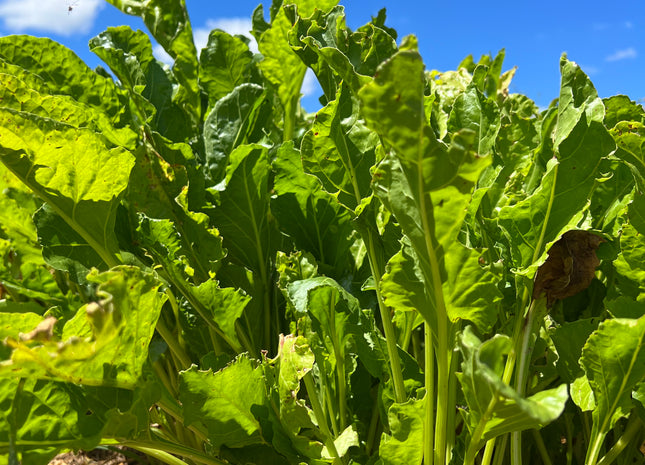
Sugar Beets Non-GMO
Sugar beets, a versatile broadleaf cover crop, bring a formidable combination of deep-rooted prowess and frost resistance to your agricultural arsenal. Their robust taproots can penetrate stubborn hardpans, with the majority of root growth hidden beneath the surface. These beets are not only sweet in content but also a preferred choice for both wildlife and cattle grazing. When grazed early, they display remarkable regrowth potential.
from $4.05 per lb

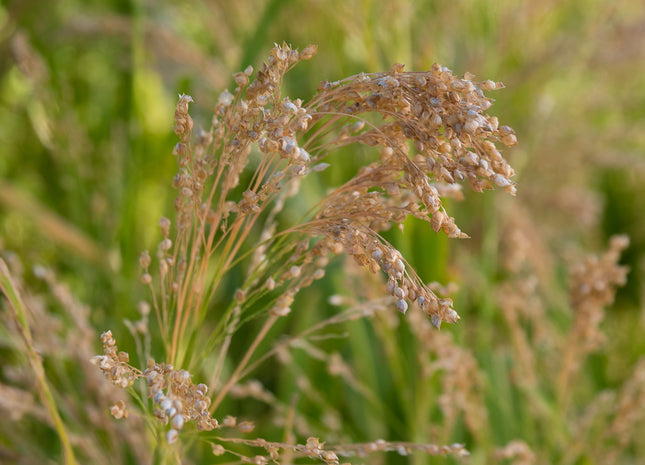
Proso Millet (White)
Proso millet is one of the most drought tolerant and cost effective annual grasses. It is the shortest growing millet though it grows taller in the northern plains than it might in the central or southern plains. Heading out in less than 60 days, this is a great plant for game bird mixes.
from $0.70 per lb

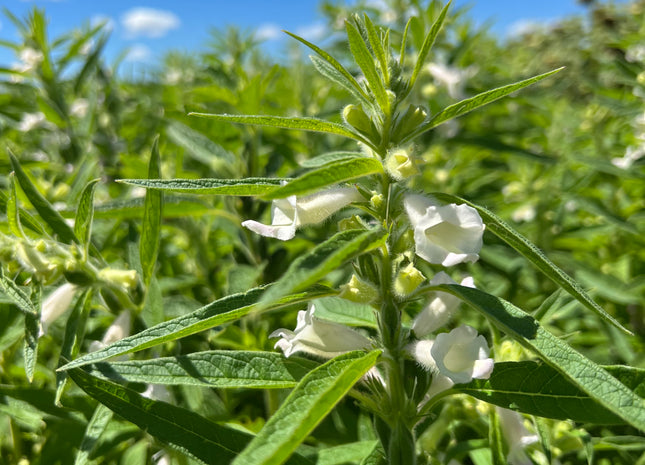
Sesame
Sesame is a warm season broadleaf that is normally grown for the oil content of the seed. It is one of the oldest cultivated plants and has been grown by people for over 4,000 years. Sesame loves hot weather and can grow with very limited water as well as being fairly tolerant of low pH soils. Sesame can grow 5-6 tall and will put on bell-shaped, white and purple flowers late in the season which makes it a great addition to a full season pollinator mix. Sesame has little to no forage value as livestock will not graze it, but it can still be a good addition to a grazing mix so there is some taller standing structure after the cattle have grazed the paddock.
from $2.15 per lb

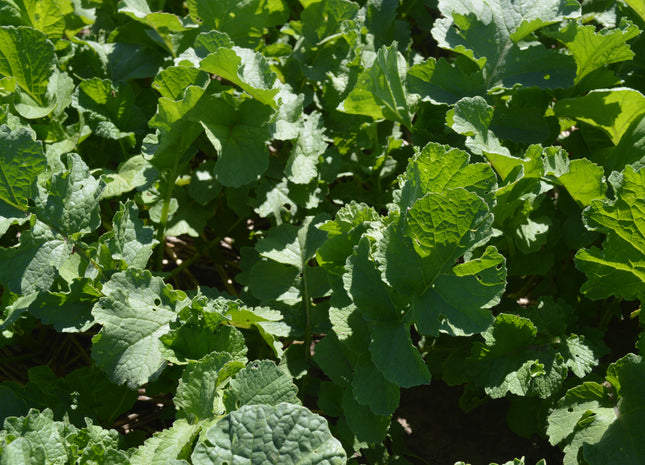
Radish (Nematode Control)
Nematode Control Radish possess a unique mechanism for nematode management. They release a specific biochemical compound from their roots, which prompts cyst nematode eggs to hatch prematurely. Subsequently, these nematodes adhere to the radish root, but struggle to acquire sufficient sustenance. Since radishes lack the nutrients essential for their survival, the nematodes either perish or fail to reproduce. Nematode-controlling radishes are selectively bred to optimize control over specific nematode species, offering an effective solution for managing nematode populations.
from $2.60 per lb

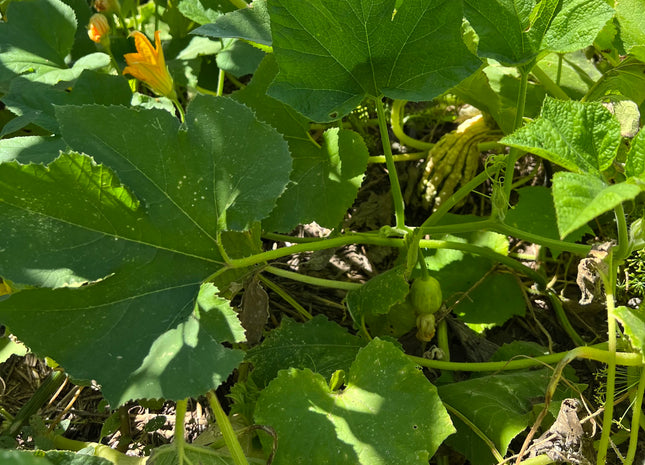
Cucurbit Blend
The cucurbit plant family includes plants like squash, pumpkins, and gourds. These warm season annual broadleaves are known for being viny which can be a very desirable trait to have in a cover crop blend. In the case of a row skip when planting or a troublesome soil spot in the field, nearby cucurbits will vine out to soak up the sun where nothing else is growing. These cucurbit fruits can also add nutrition to winter stockpile forage mixes as the cold weather softens their outsides and cattle learn to eat the seeds and fruit flesh.
from $3.05 per lb

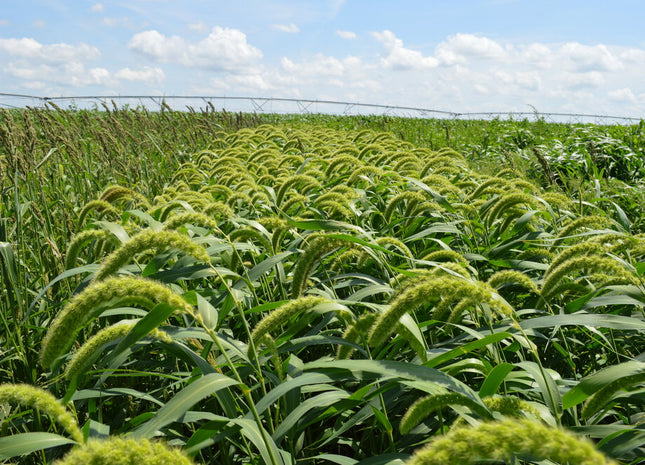
Foxtail Millet (White Wonder)
White wonder foxtail millet is used primarily for hay production. The stem is not as fine as Golden German Millet but it will get taller in height, approximately three feet, given adequate moisture. Expect to cut hay in approximately 50-55 days after planting. Windrow when heads begin emerging from the boot. Foxtail millet is also a great addition to summer grazing or wildlife mixes.
from $0.80 per lb

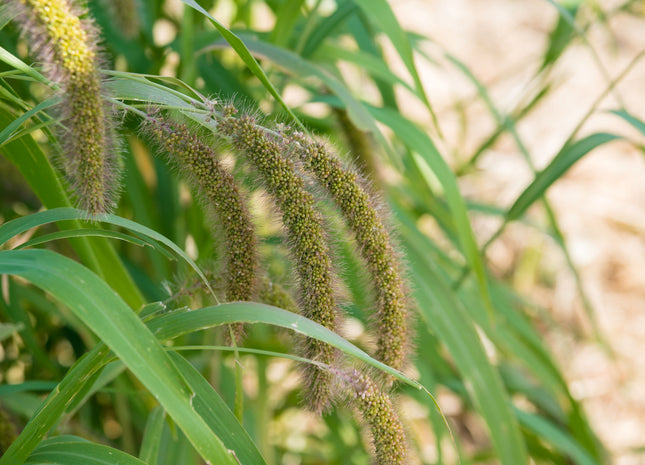
German Millet (Golden)
German millet is a warm season grass that can be planted earlier than sorghum sudan or pearl millet. Though it is not as productive as the aforementioned grasses, german millet makes a cost effective hay crop, ready for cutting about 55-60 days after planting. It does not have good regrowth which lends itself well to establishing the next crop without lingering competition after haying occurs.
from $0.75 per lb


Organic Mancan Buckwheat
Note: This product is certified organic. Buckwheat is a fast establishing broadleaf that works great as a warm season cover crop. Buckwheat is also known for being a phosphorus scavenger. This means it can take up phosphorus more efficiently than other plants. Being a short season plant with 45-60 day maturity, it can produce viable seed throughout the growing season. In a situation where a buckwheat plant is grazed, it can drop a seed down to take that previous plant's spot to help prevent weeds. Additionally, buckwheat is fast to flower, making it a great species for pollinators.
from $1.20 per lb

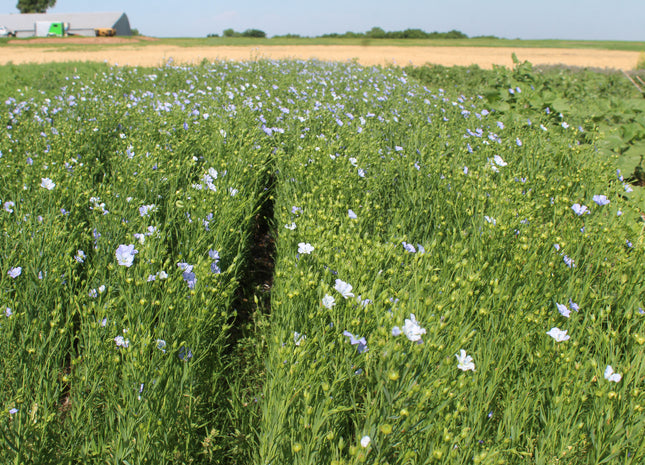
Flax (Golden)
Flax can be utilized in many small grain and corn rotations as a potential cover crop or fiber/oil crop. Compared to other common crops, overall nutrient demand is lower and very little nitrogen is needed. Vegetative growth normally requires 50 days before flowering occurs but after this flowering can last 2-4 weeks. Flax can be utilized as a green manure if terminated early enough but take caution if attempting to cut too late as lignin/cellulose content increase with maturity and would hamper decomposition. Nearly 95% of the water flax extracts from the soil is in the top 2-3 feet because of its shallow root structure. Water use is considered moderate with respect to other field crops, but flax uses about 3-4 inches less than soybeans. This is primarily due to the fact that the leaves of flax are generally numerous but leaf area is limited and thus ET is lower. As mentioned before, this species is an excellent companion crop next to other species in an early season mixture. Flax is generally a self-pollinated crop but pollinating insects are attracted to the various blue/purple colors of the flowers. Because flax is a broadleaf species, most diseases associated with it will not transfer over and cause infection to corn, soybeans, or wheat with the exception of powdery mildew and rhizoctonia after legumes.
from $1.73 per lb

Grazing Popcorn (Non-GMO)
This Non-GMO Grazing Popcorn is an excellent product for summer and fall grazing mixes as well as stockpile grazing mixes. Because corn tolerates cooler nights better than sorghum products, this is a great option for late summer planted grazing mixes. This seed is quite a bit smaller than the BMR corns so it stays in mixes and goes through a drill better than the larger BMR corn. While it doesn't contain the BMR trait which contributes to palatability, it is a better grazing corn compared to regular field corn and it will stand through the winter better than the BMR varieties.
from $0.75 per lb


Grazing Corn (Solargraze BMR)
Grazing Corn is a high quality warm season annual option which is especially useful in late summer as the nights begin to cool off. Corn will thrive with warm days and cool nights, whereas sorghum sudan prefers hot days and warm nights. Grazing corn is highly palatable though it does not have great regrowth. For this reason it is best for a late season planting where only one grazing event is planned. It will also provide a high carbon residue to help protect soil during the winter.
from $0.65 per lb


German Millet (Strain R)
German millet is a warm season grass that can be planted earlier than sorghum sudan or pearl millet. Though it is not as productive as the aforementioned grasses, german millet makes a cost effective hay crop, ready for cutting about 55-60 days after planting. It does not have good regrowth which lends itself well to establishing the next crop without lingering competition after haying occurs.
from $0.90 per lb
- Out of Stock


Organic Turnip
Note: This product is certified organic. Purple top turnips have been a staple grazing brassica for many years and are commonly used in late summer planted grazing mixes, often with a cool season cereal. Turnip bulbs are storehouses of nutrition and energy and are very valuable to winter grazers.
from $2.88 per lb
- Out of Stock


Organic Brown Flax
Note: This product is certified organic. Flax can be utilized in many small grain and corn rotations as a potential cover crop or fiber/oil crop. Compared to other common crops, overall nutrient demand is lower and very little nitrogen is needed. Vegetative growth normally requires 50 days before flowering occurs but after this flowering can last 2-4 weeks. Flax can be utilized as a green manure if terminated early enough but take caution if attempting to cut too late as lignin/cellulose content increase with maturity and would hamper decomposition. Nearly 95% of the water flax extracts from the soil is in the top 2-3 feet because of its shallow root structure. Water use is considered moderate with respect to other field crops, but flax uses about 3-4 inches less than soybeans. This is primarily due to the fact that the leaves of flax are generally numerous but leaf area is limited and thus ET is lower. As mentioned before, this species is an excellent companion crop next to other species in an early season mixture. Flax is generally a self-pollinated crop but pollinating insects are attracted to the various blue/purple colors of the flowers. Because flax is a broadleaf species, most diseases associated with it will not transfer over and cause infection to corn, soybeans, or wheat with the exception of powdery mildew and rhizoctonia after legumes.
from $1.92 per lb

